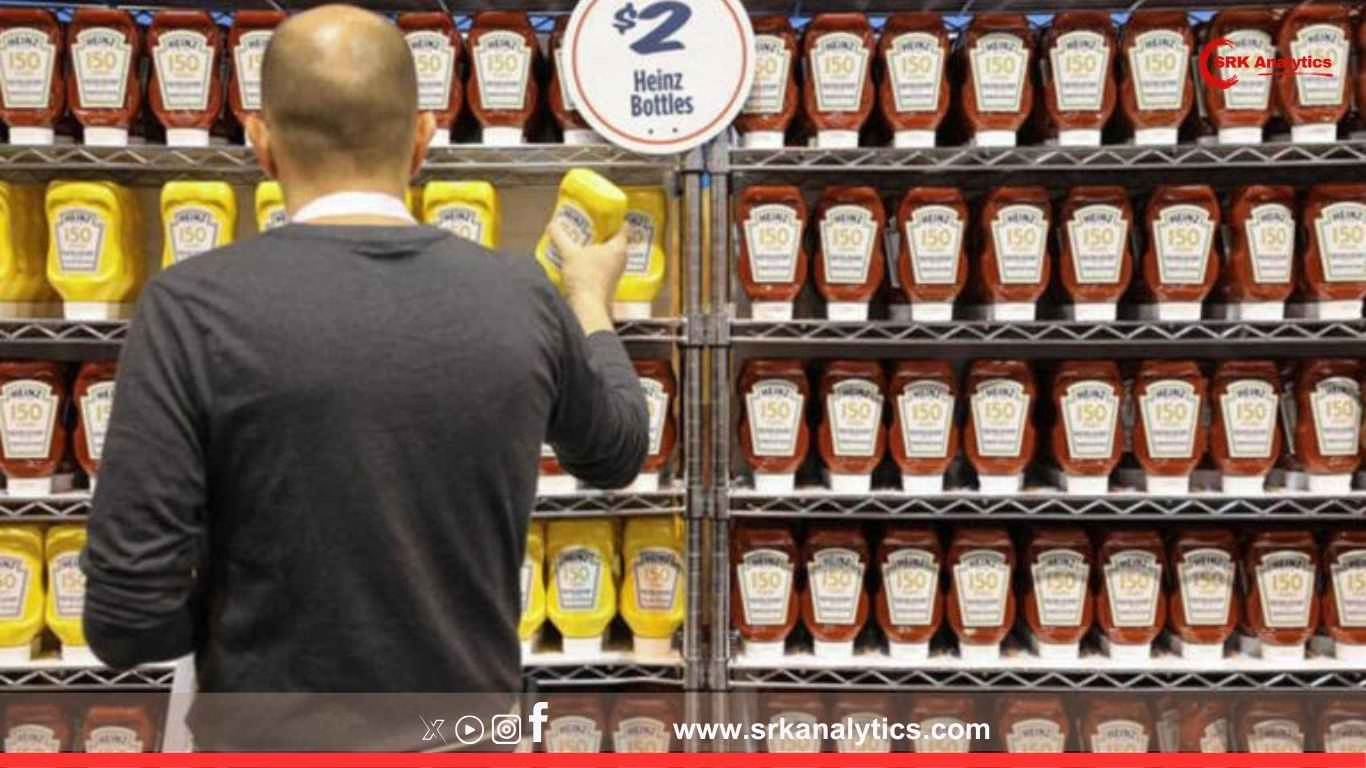In a move that could reshape the global food and beverage landscape, Kraft Heinz has announced its decision to split into two independent publicly traded companies. The landmark $20 billion breakup seeks to unlock shareholder value, enable strategic focus, and revitalise growth amid shifting consumer trends and intense competition.
What Did Kraft Heinz Announce?
Kraft Heinz plans to split its operations into two distinct entities:
- North American Grocery Business – retaining iconic brands such as Kraft Mac & Cheese, Heinz Ketchup, Philadelphia Cream Cheese, and Velveeta.
- Global Snacking and International Business – comprising Planters nuts, Lunchables, and its high-growth international condiments and sauces portfolio.
The split is expected to be completed by the second half of 2025, subject to regulatory and board approvals.
Why Is Kraft Heinz Splitting?
The breakup decision comes against the backdrop of multiple factors:
- Slowing growth in processed food sales in North America, driven by consumer shifts towards fresh and health-based alternatives.
- Faster growth in snacking and international markets, where brands like Planters and Heinz sauces have witnessed high double-digit expansion.
- Investor pressure to unlock value, streamline operations, and align organisational focus to brand categories rather than being an unwieldy conglomerate.
- Successful precedent of similar splits in the food sector, such as Kellogg’s division into Kellanova and WK Kellogg Co.
Financial Performance Driving The Split
Kraft Heinz’s FY2024 results showcased the divergent performance of its segments:
| Segment | Revenue ($ billion) | Growth YoY | Operating Margin |
|---|---|---|---|
| North America Grocery | 18.2 | +1.5% | 19.6% |
| Global Snacking & International | 8.4 | +9.3% | 23.8% |
The snacking and international division outpaced the grocery business in both growth and margin, highlighting a structural opportunity for independent scaling.
CEO’s Vision
Miguel Patricio, CEO of Kraft Heinz, stated:
“This split is not a break-up of strength, but a strategic separation to enable both businesses to operate with sharper focus, unlock faster growth, and deliver superior value to shareholders in the long term.”
Patricio will remain as non-executive chairman in both companies post-breakup, ensuring strategic continuity.
What Will Each New Company Look Like?
1. North American Grocery Company
- Brands: Kraft, Heinz, Philadelphia, Velveeta, Capri Sun
- Focus: Modernising core processed brands for changing consumer health and convenience demands
- Leadership: Will be led by current North America Zone President, Carlos Abrams-Rivera
- Strategy: R&D investments into low-sugar sauces, plant-based cheese alternatives, and single-serve innovations to retain market share in a declining segment.
2. Global Snacking & International Company
- Brands: Planters, Lunchables, Heinz sauces & condiments outside North America
- Focus: Accelerating growth in snacking and emerging markets including Asia Pacific and LATAM
- Leadership: To be helmed by current Chief Strategy and Transformation Officer, Rashida La Lande
- Strategy: Leverage distribution partnerships in Asia and Europe, scale Planters brand globally, and expand Lunchables into healthy snacking categories.
Strategic Rationale
The breakup aligns with three strategic objectives:
- Agility and Category Focus: Each business will have the freedom to set capital allocation priorities suited to their growth profile.
- Improved Valuation Multiples: Historically, snacking businesses attract higher valuation multiples compared to processed packaged food brands.
- Enhanced Operational Efficiency: Dedicated management teams, tailored supply chains, and brand-specific marketing focus will improve execution speed.
Market Reaction
Kraft Heinz shares rose nearly 8% in pre-market trading after the announcement. Analysts believe the split could add $4-6 billion in market capitalisation over the next 12-18 months if executed efficiently.
Competitor Landscape Post Breakup
The snacking business will directly compete with:
- Mondelez International (Cadbury, Oreo)
- Kellanova’s snacking division
- PepsiCo’s Frito-Lay
Meanwhile, the grocery division will remain a key rival to:
- General Mills
- Conagra Brands
- Campbell Soup Company
Challenges Ahead
However, the split comes with its own challenges:
- Execution Risks: Complex supply chain realignments, distribution contract renegotiations, and IT system separations will require meticulous planning.
- Debt Allocation: Decisions on how to allocate Kraft Heinz’s $20 billion debt portfolio will be critical to maintaining investment-grade ratings for both companies.
- Consumer Trends: North America grocery brands will need aggressive reinvention strategies to counter fresh food and D2C competition.
- Inflationary Pressures: Rising input costs could compress margins, particularly in packaged grocery staples.
Industry Expert Views
Food industry analysts at RBC Capital Markets note:
“This move is bold and strategically logical, but its success will depend on management’s ability to retain brand equity while optimising capital structures and operating models for two diverse business types.”
Global Implications
- Emerging Market Growth: The global snacking company is expected to prioritise India, Southeast Asia, and LATAM for scale expansion through local manufacturing and distribution partnerships.
- M&A Possibilities: The breakup could trigger acquisition interest from global food giants seeking inorganic growth in snacking, including Nestle and Mondelez.
Conclusion
Kraft Heinz’s $20 billion breakup signifies a major restructuring in the global food sector, driven by consumer shifts towards snacking, health-focused products, and emerging market expansion. If executed well, the split could revive its stagnant growth trajectory and unlock substantial value for shareholders, while positioning both companies for targeted, innovation-led growth in their respective domains.
Disclaimer: This article is for informational purposes only. It does not constitute financial advice or a recommendation to invest in any company or security. Readers should consult their financial advisors and conduct independent research before making investment decisions.











